Read this before applying Big Picture Event Storming to Legacy Systems
How to use Event Storming with legacy systems? Forget the legacy: think system's evolution.
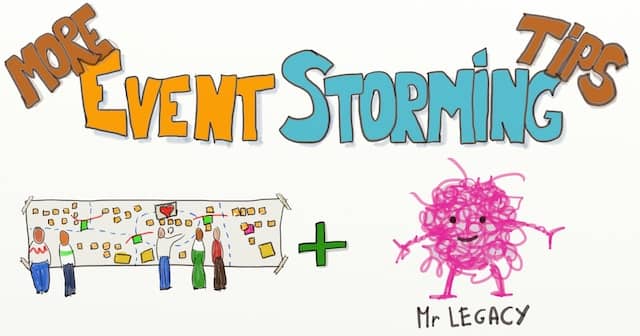
We’ve only talked about greenfield products up to now. This is fine, but most of our work happens in Legacy Systems, doesn’t it?
If you read this post, I assume you need to refactor your legacy system toward the domain. It makes sense to leverage all the benefits of Big Picture Event Storming. Unfortunately, you don’t really know how to start! Here are four tips to help you:
- Do NOT try to Event Storm your Legacy!
- Start with a 30-minute brief
- Adapt the schedule even more than usual
- Make stress explicit
Do NOT try to Event Storm your Legacy!
It does not make sense to Event Storm what you currently have. Legacy systems were rarely built with the domain in mind. Trying to map the existing code to domain events is a recipe for frustration and failure. I once let this happen. The workshop drifted into an unproductive mapping of current technical dependencies. Don’t do that. Instead, use Event Storming to define a target vision.
💡 If you envision refactoring your legacy system, do as if you were starting from scratch.
You might think that I am sidestepping the topic. Our approach must tackle the core of the issue! Yet this tactic has plenty of benefits:
- A shared target is the first step in any change initiative. Your team will not reach a target vision if people don’t share the same destination in their heads. Don’t spare the time to agree on a shared target. I know no better way than Big Picture Event Storming to do that.
- Harness the continuous evolution of the system. Developers spend their days twisting the system in one direction or another. With a shared target, all these small changes will go in the same direction. Eventually, it will nudge the system toward the vision. (At least, it won’t pull it backward!)
- You are likely to find quick wins. Some parts of the code might be easily refactored to the target. You might realize some areas are not business-critical and should be left as-is. Here is an example, I ran an Event Storming with a team that had a lot of legacy code. Two weeks later, they de-prioritized a significant refactoring. They had discovered that the code to refactor was not business-critical!

On the other side, though, it is difficult for participants to “forget” the current system. Read on for tips to keep your Event Storming workshop constructive.
Start with a 30-minute brief.
Start with a thirty-minute brief to share the current situation with everyone. This brief should cover business, domain, architecture, and target scope. For example, this brief should answer general questions like:
- What are the business incentives for looking into modernizing this legacy system?
- Are there some clear business constraints like specific customers, contractual or regulatory deadlines, or expected market evolution?
- Who are the users of this system?
- What problems are they currently facing when using this system?
- On the other side, what does the existing system do well?
- What kind of architecture is the Legacy System built on?
- What are the expected non-functional requirements that we expect from the future system?
- …
Event Storming would still work without this briefing. People would talk during the workshop and eventually share all the information. We just observed that it was more efficient to state what we already know.
Run a Celebrity Interview or a UX Fishbowl to avoid a dreadful slide presentation.
Adapt the schedule even more than usual!
Here is what changes when you run the workshop with existing code:
- Some areas will already be clear to everyone
- People will have contradicting views about other parts of the system
I already said it’s good practice to use breaks to adapt the schedule. When dealing with existing code, it becomes crucial! Use pauses to discuss with key people and agree on where to dig next. You can also gather feedback stickies before every break. Install a whiteboard near the exit door. Ask them to stick their answers to these questions before they leave the room:
- “What should we cover next?”
- “What part is not worth discussing more?”
Imagine that the participants identified a part of the system that is well-built and not business-critical. You can safely skip the storytelling steps for this area.
Make stress explicit
One of the first Big-Picture Event-Storming I did was with a team working on a legacy system. The developers wanted to do some refactoring. They needed a target architecture to guide them.
As we went through the workshop, I noticed something: stress from the developers. I had not expected this, but Alberto knew it. He mentions this in the Legacy Code Rocks podcast and calls it fear!

The emerging design was very different from the existing system. The more concrete our design became, the more the developers became anguished. I could almost hear them thinking:
How the heck are we going to go from here to there⁉️
With stress, people risk twisting the design to look like the existing system. Trying to mute this stress does not work. People will stop cooperating. The best strategy to do is to acknowledge this stress:
- First, say loud and clear that you agree with developers that free rein refactoring is stressful! So explain that we are here to make it visible and manageable.
- Repeat that you will deal with the refactoring path later in an activity or workshop. If needed, add a poster on the wall to remind everyone.
- Set up a refactoring-challenges side-board. Explain to
participants, especially developers, that they can park what they
foresee there. Also, regularly go over pink stickies and move
refactoring topics to the sideboard. Spend time on this sideboard:
- Take time to organize the refactoring stickies
- Read through them
- Remind everyone there will be a follow-up refactoring activity.
These tips should keep developers in a positive mood.
More about Event Storming and Legacy Systems
To leverage Big Picture Event Storming to refactor your legacy, remember:
- Do NOT try to Event Storm your Legacy!
- Start with a 30-minute brief
- Adapt the schedule even more than usual
- Make stress explicit
This post is only a glimpse into the big topic of refactoring legacy code toward Domain Driven Design. Here is more follow-up content I recommend:
- Rewrite or Refactor? Decide with Event Storming.
- Course on DDD for Legacy Systems by Martin Huizendveld
- Eric Evans presents four strategies to use DDD with legacy
- Almost the same content, as a video
This blog post is part of the 1h Event Storming book that we are currently writing.
This post builds on two posts orginally published on Philippe’s blog: 4 tips that will make your DDD Big Picture Event Storming successful and 21 More Event Storming Tips - Part 2 - Facilitation and Existing Code
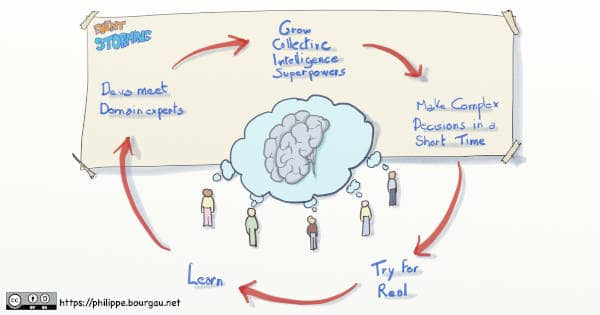
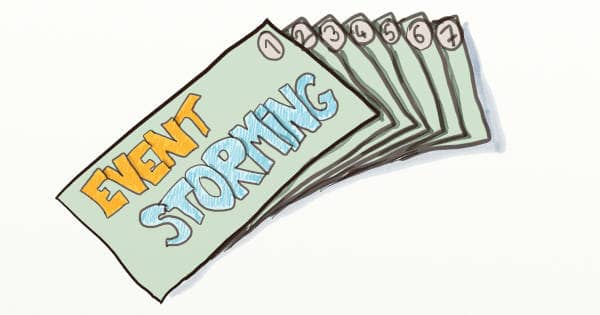
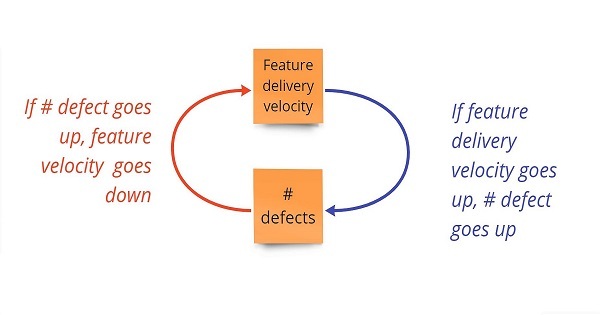
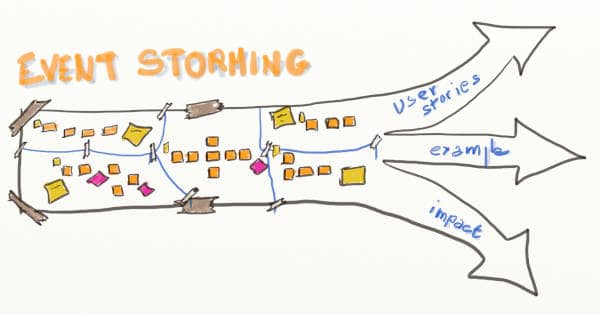
Leave a comment